Kruševac: Lazar's capital
Friday, 28.04.2006.
14:04

Kruševac: Lazar's capital
After 1371 Prince Lazar emerged as the most powerful nobleman across the Serbian lands. He was in control of most of the valleys of Western and Southern Morava as well as those of Northern Serbia. At that time he decided to build a new capital for his land. An ideal place for the new medieval capital was the town of Kruševac, poised on top of a hill near the confluence of the two Morava rivers and close to the centre of Lazar’s state. There he built a strong fortress and soon afterwards a church. After his death in 1389, Kruševac remained the capital of Serbia until Lazar’s son Stefan moved it northwards to Belgrade in 1403. The Ottoman threat loomed high and the town became one of the prime targets. It changed hands twice until the Hungarian army, raiding the Turkish stronghold, set the town on fire in 1437, ruining its prestige forever. In 1454 the Ottomans took it for good and turned it into the province’s capital. They renamed it Aladža Hisar or “Dappled Town”, due to the colour of its battlements that were constructed from various kinds of stones. The town was liberated in 1833 and has kept its importance as a regional centre.Downtown Kruševac shows a rather austere face since it was almost completely destroyed during WWII and had to be rebuilt. The black marble Monument to Kosovo Warriors stands at the main intersection. It is the work of Đorđe Jovanović, commissioned for the celebration of the 500th anniversary of the Battle of Kosovo (1889). The site was chosen because Lazar and his army originally assembled here before heading to Kosovo.

Some of Kruševac’s main sites include the remains of Lazar’s fortress and Lazarica Church. To get there, head right through Pana Đukića Street. On your way you will pass by the fine Okružno načelstvo (State County) edifice, built by Nikola Nestorović in the year 1900. Its main hall is decorated with Mladen Srbinović’s colourful mosaics representing the Kosovo Battle.

Further on there are the remains of Lazar Castle’s massive keep. The keep served as a last refuge for besieged citizens and is nowadays the castle’s best preserved section.

Behind the church is the monument to Prince Lazar, the work of Nebojša Mitrić. The Museum (tel. 037/29-172, open Tue-Sat 8 a.m.-6 p.m., Sundays and holidays 9 a.m.-2 p.m.) is located in the 1863 building of the old Grammar School. Among its interesting pieces stands out prince Lazar’s apparel, a richly ornamented dress that is present in older frescoes. On the first floor, there is a permanent XX c. art exhibition, mainly dedicated Battle of Kosovo. The most interesting item here is the model of the Vidovdan Temple designed by Ivan Meštrović in 1912, right after the liberation of Kosovo, that was never actually built.


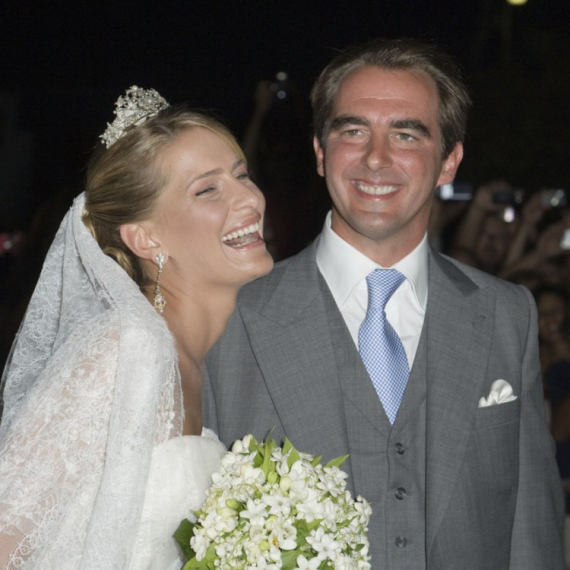
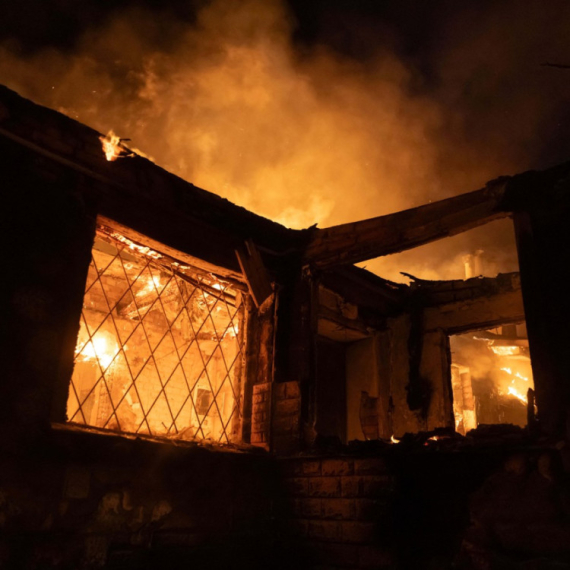
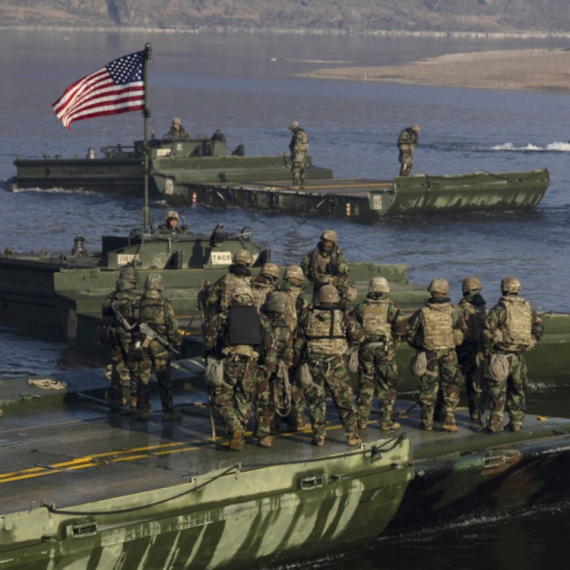

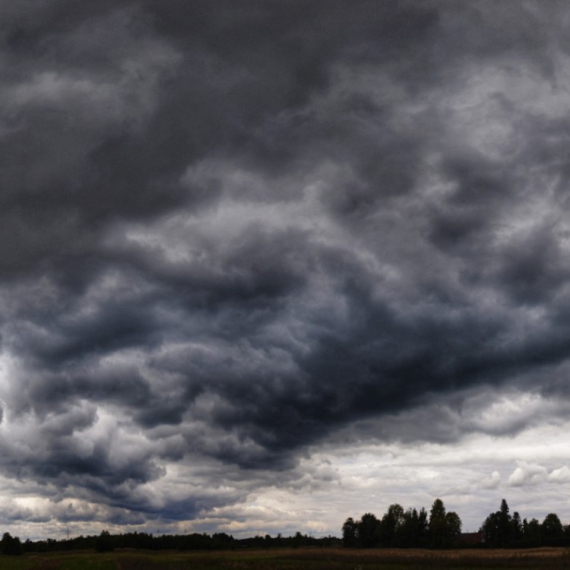










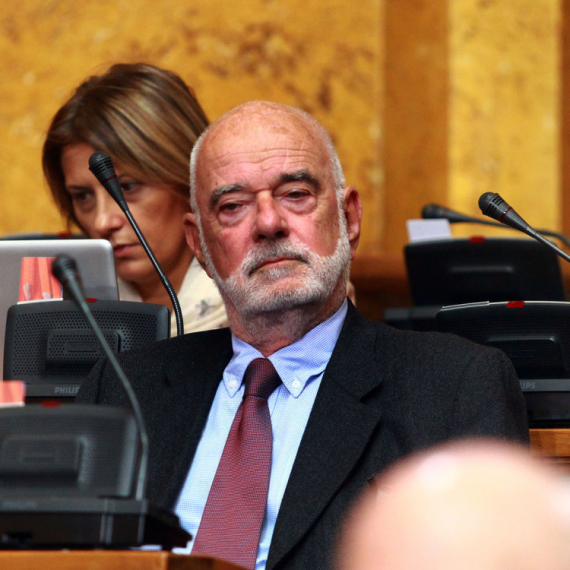



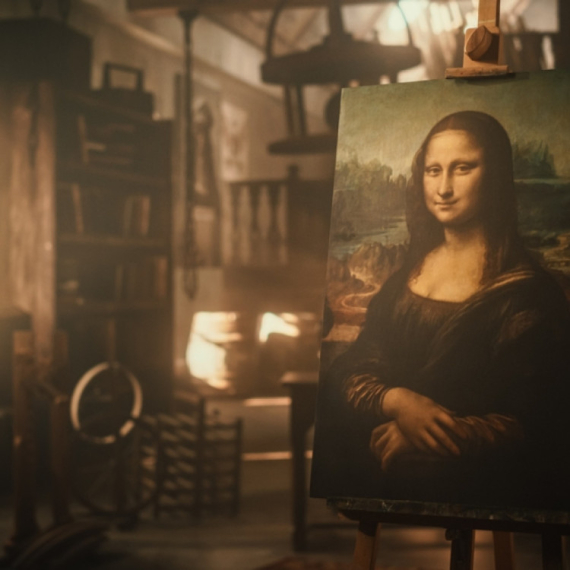








Komentari 2
Pogledaj komentare